Why At-Home Durability Tests Matter
Gain insights into fabric behavior, identify weaknesses, and make informed purchase decisions for lasting comfortwear.
When considering comfortwear, have you ever wondered how its durability impacts your experience? Understanding durability testing can help you choose the right clothing that combines comfort and performance.
Delve into the key aspects of at-home durability testing for comfortwear. This visual summarizes the critical tests and what they reveal about your garments' performance and longevity.
Gain insights into fabric behavior, identify weaknesses, and make informed purchase decisions for lasting comfortwear.
Assess elasticity & recovery. Ensure fabric retains shape after maximum stretch, indicating quality and durability.
Evaluate fabric resilience under regular use. Check for fading, wear, and resistance to friction.
Understand how well comfortwear handles sweat and keeps you dry, crucial for active lifestyles.
Crucial assessment of softness, range of motion, and irritation prevention in various scenarios.
When it comes to choosing the right comfortwear, understanding durability testing is key. At Comfort Wear Australia, we believe that durability goes hand in hand with comfort and performance. It’s not just about how a piece of clothing looks but also how it stands up to the rigors of everyday wear and tear. In this section, we’ll explore why durability testing is essential for your comfortwear and how it can significantly enhance your experience.
We’ve all experienced the frustration of gear that wears out too quickly. That’s why testing the durability of your comfortwear not only saves you money, but also ensures that you can maintain an active lifestyle without the distraction of discomfort. Let’s dive into the different aspects of durability testing and its significance for your wardrobe!
Performing at-home durability tests offers valuable insights into how well your comfortwear will perform over time. These tests can help you identify whether your chosen garments can withstand the demands of your active lifestyle. Here are a few reasons why conducting these tests is worthwhile:
By taking the time to conduct these tests, you empower yourself to choose garments that truly meet your needs. This way, you can enjoy your outdoor adventures, workouts, or casual outings without worrying about discomfort caused by inadequate clothing. For a deeper understanding of underwear durability, check out our article on understanding durability in anti-chafe underwear.
Durability testing not only helps you identify quality items but also plays a significant role in maximizing the lifespan of your comfortwear. When you put your garments through various tests, you gain insights into their performance, which allows you to adjust your care routine to better preserve them. Here are some factors to consider:
At Comfort Wear Australia, we emphasize the importance of understanding how these factors contribute to the longevity of your comfortwear. By applying what you learn from your testing, you can ensure your clothing maintains its integrity throughout your active lifestyle.
Material composition is one of the most crucial aspects of durability. Different fabrics offer varying levels of strength, elasticity, and resistance to wear. For instance, fabrics like nylon and polyester tend to be more durable than cotton, making them ideal choices for active wear. Here are some common materials used in comfortwear:
Understanding these material properties can guide you in selecting the right comfortwear that fits your needs. Ultimately, ensuring your clothing is made from durable materials will support your active lifestyle and keep you comfortable throughout your day. For more information on selecting fabrics, read our guide on choosing anti-chafe underwear fabrics.
What do you prioritize when selecting comfortwear? Is it durability, comfort, or perhaps the fabric type? Share your thoughts below:
When it comes to ensuring that your comfortwear stands up to the rigors of everyday life, implementing simple at-home durability tests can be a game-changer. At Comfort Wear Australia, we believe that understanding how your garments perform helps you make informed decisions, enhancing both comfort and longevity. Let’s dive into some easy methods you can use at home!
Stretch tests are fantastic for evaluating the elasticity of your comfortwear. This simple assessment can tell you a lot about how well the fabric will perform during your activities. You want to ensure your underwear can stretch and then bounce back without losing its shape!
Keep an eye out for any signs of overstretching or fabric distortion. Remember, a fabric that retains its shape after stretching is generally a good indicator of quality and durability.
You don’t need fancy equipment for this! Use items like a ruler or measuring tape to gauge the stretch. Simply pull the fabric and measure how far it stretches compared to its original length. This will give you a clear picture of its elasticity.
Check for any creases or irregularities in the fabric after the stretch test. If the material shows signs of damage such as fraying or discoloration, it may indicate that it won't hold up during your active lifestyle!
Washing and abrasion tests help you understand how your comfortwear fares under regular use. After all, what good is a pair of anti-chafe underwear if it falls apart after a few washes?
These tests are essential to gauge whether your comfortwear can endure the demands of your lifestyle while maintaining its performance.
When washing, use your normal cycle settings to see how the fabric reacts over time. Make a note of any changes in texture or appearance after each wash to track its durability.
Consider opting for a gentle wash cycle when testing new fabrics. This can help you assess how they withstand wear while minimizing potential damage.
To simulate abrasion, rub the fabric against common surfaces or items, such as a rough wall or another fabric. Observe how it withstands this friction, as this is a good indicator of long-term wear.
Moisture management is key to keeping you comfortable, especially during those hot Australian summers! Conducting a moisture management assessment will help you understand how well your comfortwear handles sweat and keeps you dry.
The outcomes of these tests can help you choose fabrics that wick moisture efficiently, keeping you cool and comfortable throughout your activities. To learn more about moisture-wicking properties, explore our article on understanding moisture-wicking fabrics.
To test breathability, you can also try wearing the fabric for a period during physical activity. Take note of how it feels against your skin and whether you feel damp or overheated.
Good moisture transport means sweat is quickly moved away from your skin, helping to prevent discomfort. If you find that moisture lingers, it’s a sign that the fabric may not be ideal for high-intensity activities.
Finally, evaluating the overall comfort level of your fabrics is crucial. Is your comfortwear soft against your skin? Does it allow for full range of motion? These are important questions to ask!
By understanding your preferences and the fabric qualities, you can make informed choices that suit your lifestyle and enhance your performance.
Focus on how the fabric feels during movement. A fabric that feels good and doesn’t irritate your skin is vital for maintaining an active lifestyle.
Each type of fabric brings its own benefits—look for moisture-wicking materials for hot days or thicker fabrics for colder weather. Understanding these options helps you choose what’s best for your needs.
At-home durability testing helps you understand how fabrics perform under stress, identify weaknesses, and make informed purchasing decisions, ensuring your comfortwear can withstand your active lifestyle.
Key tests include stretch tests (for elasticity and recovery), washing and abrasion tests (for fabric resilience), and moisture management assessments (for breathability and drying speed).
Different materials offer varying levels of strength and resistance. For example, nylon and polyester are generally more durable than cotton for activewear, offering better elasticity and moisture-wicking properties.
During a stretch test, observe if the fabric returns to its original shape without significant distortion or creases. Good recovery indicates quality and durability.
You can assess moisture management by performing a breathability test (breathing through the fabric), checking how quickly the fabric dries after washing, and observing if moisture gets trapped in the material when worn during physical activity.
Here is a quick recap of the important points discussed in the article:
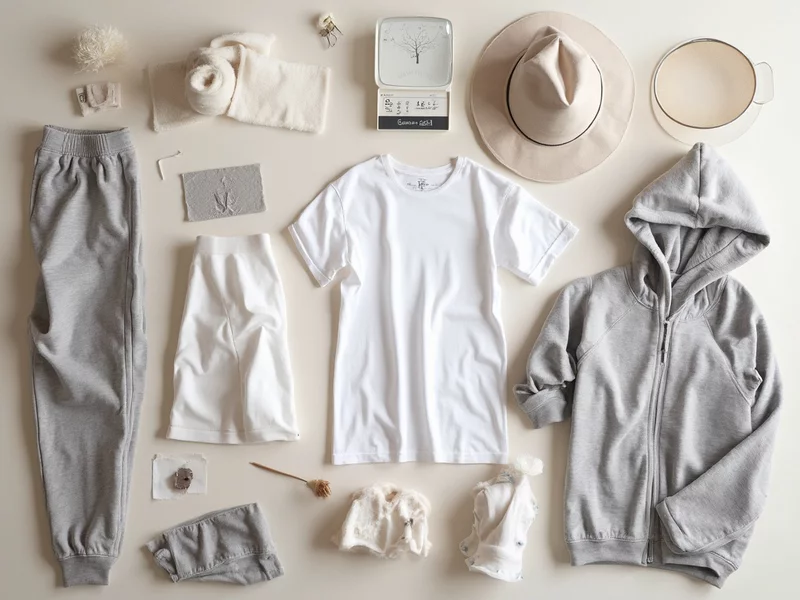

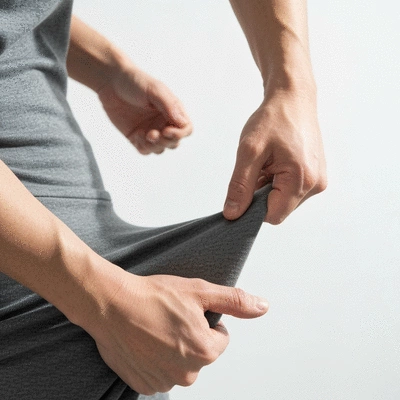
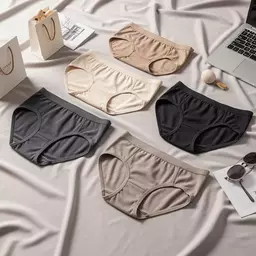 As you embark on your next active adventure, consider this: the right underwear can significantly el
As you embark on your next active adventure, consider this: the right underwear can significantly el
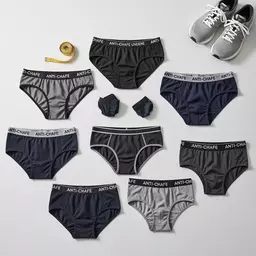 Have you ever experienced the discomfort of chafing during your favorite outdoor activity? The right
Have you ever experienced the discomfort of chafing during your favorite outdoor activity? The right
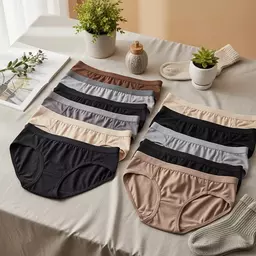 As you gear up for your next outdoor adventure, have you ever wondered how to keep irritation at bay
As you gear up for your next outdoor adventure, have you ever wondered how to keep irritation at bay
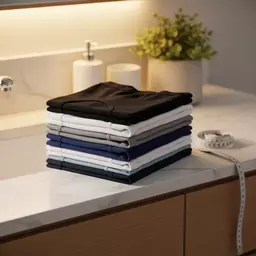 Have you ever considered how the care of your underwear can influence your comfort? Proper maintenan
Have you ever considered how the care of your underwear can influence your comfort? Proper maintenan